
11 Little-Known Secrets of Purslane: A Wonder Plant in Disguise
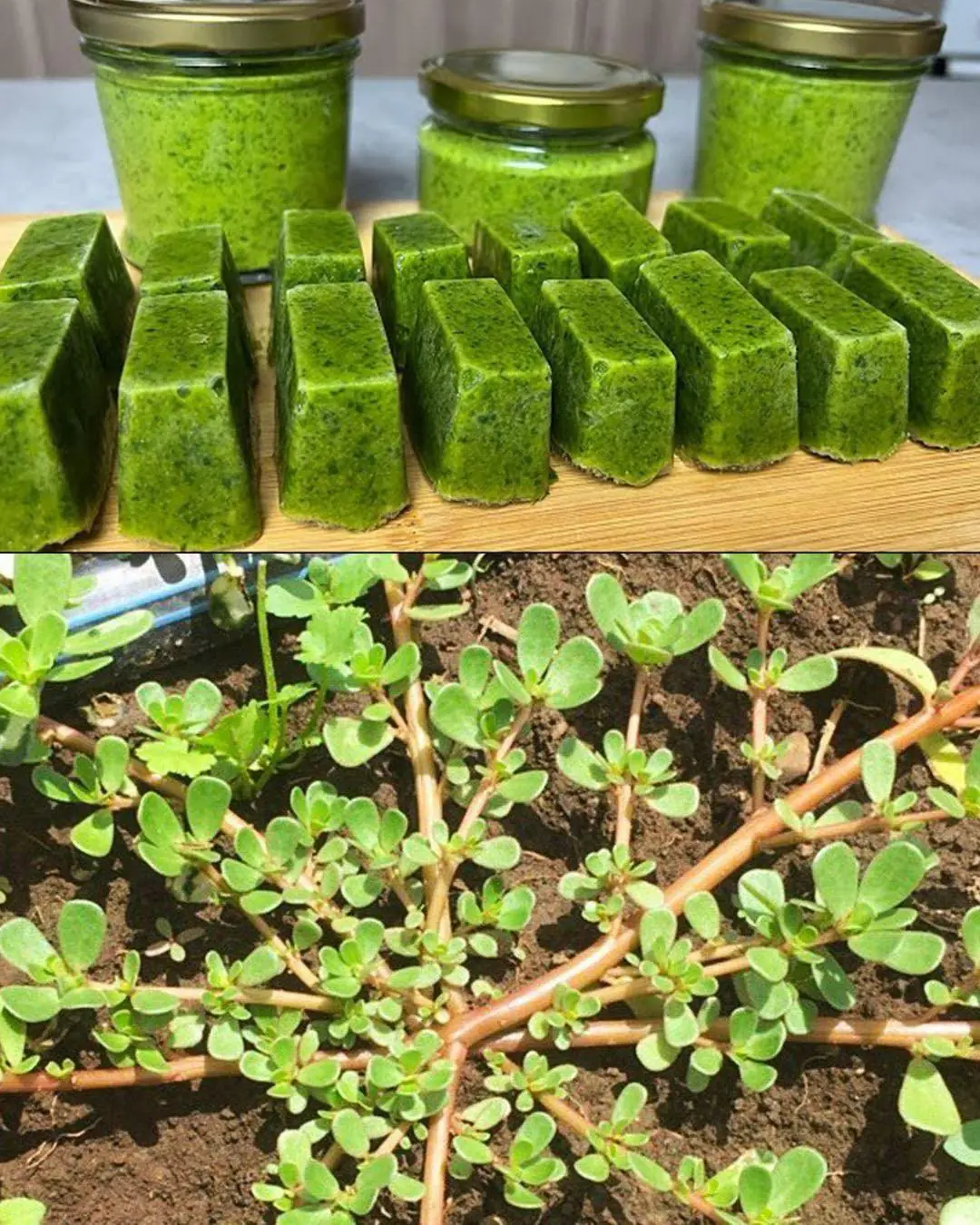
It creeps quietly along the ground, sprouting between cracks in the pavement or popping up uninvited in garden beds. Most people pull it out without a second thought - just another weed, they assume.
But in truth, purslane (Portulaca oleracea) is a hidden treasure of the plant world: a resilient succulent packed with nutrients, medicinal properties, and culinary potential.
Long overlooked, this humble green has recently captured the attention of chefs, herbalists, and scientists alike. From its ancient use in traditional medicine to its modern recognition as a superfood, purslane is finally stepping into the spotlight.
Here are 11 fascinating secrets about purslane - the wonder plant that’s been hiding in plain sight.
1. Purslane Is One of the Healthiest “Weeds” on Earth
What most people mistake for an annoying weed is actually one of the most nutrient-dense leafy greens ever studied. Purslane contains:
-
More Omega-3 fatty acids than any other leafy vegetable - even more than some fish.
-
High levels of vitamin A, vitamin C, vitamin E, and B-complex vitamins.
-
Essential minerals like magnesium, potassium, calcium, and iron.
-
Powerful antioxidants such as beta-carotene, glutathione, and melatonin.
With so many nutrients packed into its tiny leaves, purslane has earned its reputation as a “superweed” - one that nourishes rather than annoys.
2. It’s One of the Oldest Known Edible Plants
Purslane’s story stretches back thousands of years. Archaeologists have discovered its seeds in prehistoric dwellings, and written records show it was used by ancient Egyptians, Greeks, Persians, and Chinese.
In traditional Greek cuisine, purslane was sautéed with olive oil and garlic. In ancient China, it was used to “cool the blood” and treat inflammation. Native Americans consumed it as both food and medicine.
Despite being labeled a weed in many modern gardens, purslane’s history reveals its deep cultural and medicinal importance.
3. A Natural Source of Plant-Based Omega-3s
Few plants provide Omega-3 fatty acids - but purslane is a rare exception. It’s rich in alpha-linolenic acid (ALA), a type of Omega-3 that supports heart and brain health.
Omega-3s help:
-
Lower cholesterol and triglycerides
-
Reduce inflammation
-
Support brain function and mood balance
-
Promote healthy skin and cell regeneration
This makes purslane a valuable dietary addition for vegans and vegetarians, who often struggle to obtain enough Omega-3s from plant sources alone.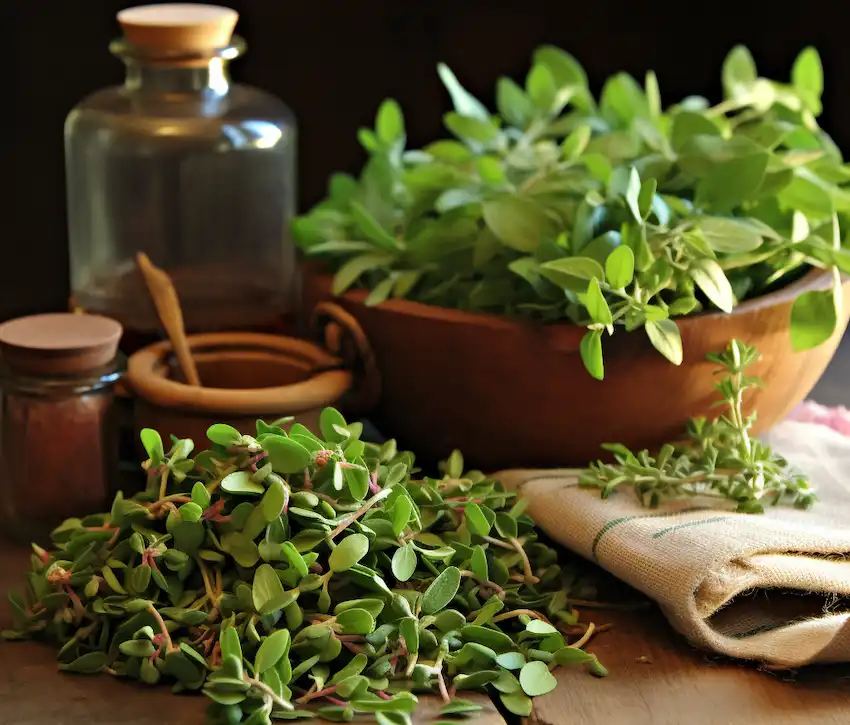
4. Purslane Thrives Where Other Plants Fail
Purslane’s resilience is nothing short of remarkable. It can grow in poor, dry, sandy soil, withstand intense heat, and survive long periods without water thanks to its succulent leaves that store moisture.
It even performs a unique trick: it can switch between two photosynthesis modes (C4 and CAM) depending on environmental stress. This ability helps it conserve water while continuing to grow - a survival strategy that scientists find fascinating.
In short, purslane is not just hardy - it’s a master of adaptation.
5. It’s a Brain-Boosting Food
Purslane’s Omega-3s aren’t just good for the heart - they also nourish the brain. Combined with its antioxidants and minerals, this green helps protect neurons from oxidative stress and supports mental clarity.
In traditional medicine, purslane has been used to improve memory, concentration, and mood, particularly in older adults. Modern studies suggest its compounds may even help protect against neurodegenerative diseases such as Alzheimer’s.
Adding a handful of fresh purslane to salads or smoothies could be one of the simplest ways to support long-term cognitive health.
6. It Has Potent Anti-Inflammatory and Healing Properties
Purslane is rich in betalains - plant pigments known for their strong anti-inflammatory and antioxidant effects. These compounds help soothe inflammation throughout the body, reducing the risk of chronic diseases such as arthritis, diabetes, and heart disease.
Its high content of vitamin C and glutathione further supports tissue repair and immunity. In folk medicine, purslane paste was traditionally applied to burns, insect bites, and skin irritations to accelerate healing.
Today, some herbalists even use it as a natural remedy for eczema and acne, thanks to its cooling, soothing nature.
7. Purslane Supports Heart Health Naturally
Several studies show that purslane helps balance cholesterol and blood pressure levels. Its combination of Omega-3s, potassium, and magnesium supports cardiovascular function by improving blood vessel elasticity and circulation.
Moreover, its antioxidants protect the heart from oxidative stress, while its fiber content helps maintain healthy cholesterol.
Eating purslane regularly - whether raw, cooked, or blended into dips - may contribute to a stronger, more resilient heart.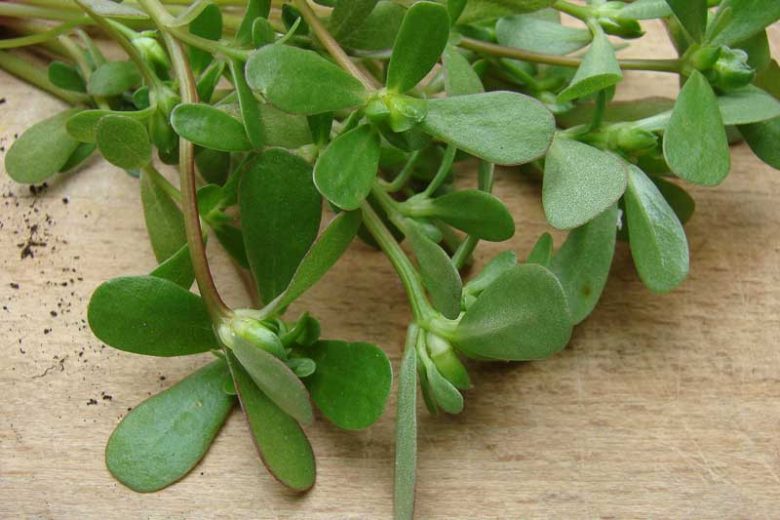
8. It Even Contains Natural Melatonin
Here’s one of purslane’s most surprising secrets: it naturally produces melatonin, the hormone that regulates sleep and circadian rhythms.
Few plants contain melatonin in meaningful amounts, but purslane is an exception. Consuming it in the evening or as part of a calming dinner can help promote restful sleep and support the body’s natural repair cycle.
That’s right - this humble weed might just help you sleep better.
9. Culinary Gold: It’s Delicious and Versatile
Despite its “weed” reputation, purslane is deliciously tangy, slightly lemony, and crisp, with a hint of earthiness. Its texture is succulent and refreshing, making it ideal for a variety of dishes.
How to Eat Purslane:
-
Raw: Toss it into salads for a refreshing crunch.
-
Sautéed: Lightly fry with olive oil, garlic, and lemon for a Mediterranean side dish.
-
Pickled: Preserve the stems and leaves in brine for a tangy condiment.
-
Soups & stews: Add at the end of cooking to retain texture and nutrients.
-
Smoothies: Blend fresh purslane into green smoothies for an Omega-3 boost.
Chefs around the world - from Mexico to the Middle East - are rediscovering purslane’s potential as a “gourmet green.”
10. Purslane Is a Natural Soil Protector
Beyond the kitchen, purslane plays an ecological role that benefits gardeners and farmers. Its spreading growth pattern protects topsoil from erosion, while its roots improve soil structure and retain moisture.
Some sustainable farmers even plant purslane intentionally as a “living mulch” between crops. It reduces weeds, keeps the ground cool, and provides edible greens - a win-win for the environment and for the table.
11. Science Is Just Beginning to Catch Up
Though ancient cultures have revered purslane for centuries, modern science is only beginning to understand its full potential.
Research in recent years has highlighted its antimicrobial, antidiabetic, anti-ulcer, and even anticancer properties.
Studies suggest that compounds in purslane may help:
-
Improve insulin sensitivity
-
Protect the stomach lining
-
Support wound healing
-
Reduce oxidative stress in cells
As more studies emerge, it’s becoming clear that purslane is not just another wild plant — it’s a functional food that bridges the gap between nutrition and medicine.
How to Identify and Use Purslane
If you’re interested in foraging or growing purslane, here’s how to recognize it safely:
-
Leaves: Small, smooth, thick, and spoon-shaped with a glossy green surface.
-
Stems: Reddish, smooth, and slightly succulent.
-
Flowers: Tiny and yellow, usually blooming in sunlight.
Avoid confusing it with spurge, a toxic look-alike that releases a milky sap when cut (purslane’s sap is clear).
Growing Tips
-
Purslane grows easily from seeds or cuttings.
-
It thrives in warm, sunny conditions and requires minimal watering.
-
Harvest young leaves for the best flavor.
Storage
-
Store fresh purslane in the refrigerator wrapped in a damp cloth for up to 4 days.
-
You can also dry or pickle it for long-term use.
Precautions
While purslane is safe for most people, a few precautions apply:
-
It’s high in oxalates, which can contribute to kidney stones in susceptible individuals - so consume in moderation if you’re prone to them.
-
Avoid eating wild purslane from roadsides or polluted areas due to possible contamination.
-
Wash thoroughly before use, just like any leafy green.
A Weed Worth Celebrating
It’s ironic that one of the world’s most nutritious plants is often pulled up and discarded. Purslane, once considered a nuisance, is now recognized as a superfood for the future - resilient, sustainable, and brimming with nutrients that support modern health needs.
In a time when food insecurity and soil degradation are global challenges, purslane stands out as a symbol of nature’s quiet genius - thriving where others fail, offering abundance with little demand.
So, the next time you see those small, glossy leaves creeping along your garden path, think twice before you pull them out. You might just be looking at one of the most powerful plants nature ever designed - a true wonder in disguise.
In Summary: The 11 Secrets of Purslane
| # | Secret | Benefit |
|---|---|---|
| 1 | Super nutrient-dense | Loaded with Omega-3s, vitamins, and minerals |
| 2 | Ancient heritage | Used by Egyptians, Greeks, and Chinese for healing |
| 3 | Plant-based Omega-3s | Supports heart and brain health |
| 4 | Extreme resilience | Thrives in poor soil and drought |
| 5 | Brain nourishment | Boosts memory and mental clarity |
| 6 | Anti-inflammatory | Reduces pain and supports healing |
| 7 | Heart protector | Balances cholesterol and blood pressure |
| 8 | Contains melatonin | Aids sleep and relaxation |
| 9 | Culinary versatility | Tangy flavor perfect for salads, soups, and pickles |
| 10 | Soil protector | Prevents erosion and enriches earth |
| 11 | Scientifically promising | Shown to aid immunity, insulin, and cell repair |
Final Thought
Purslane teaches a simple truth: sometimes the most extraordinary things are found in the most ordinary places.
What we once saw as a weed turns out to be a superfood, healer, and survivor - proof that nature’s best gifts often hide in plain sight.
News in the same category

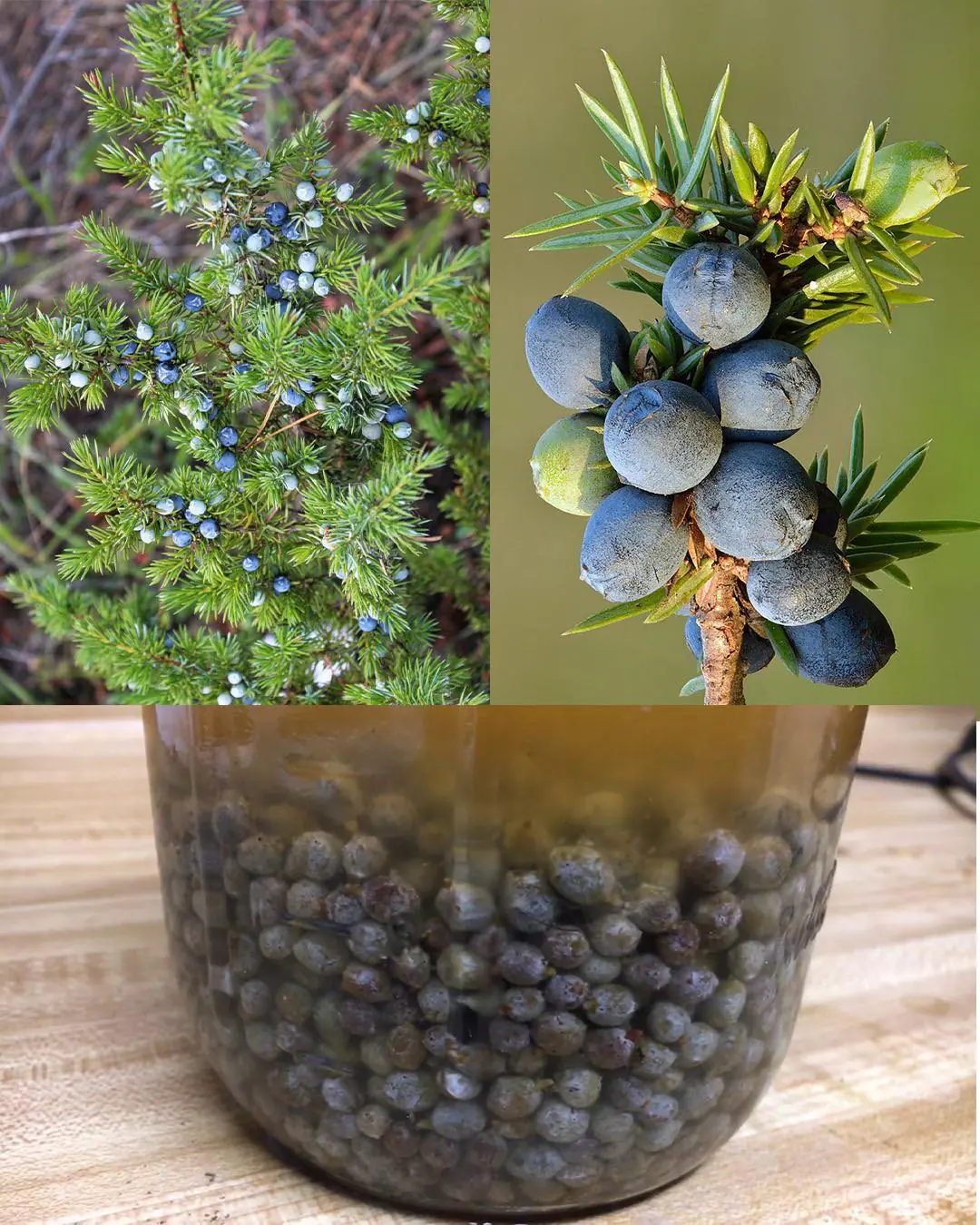
Juniper: 20 remarkable benefits and how to use it

4 Health Problems Your Feet Could Be Telling You Through Sock Marks

A 52-Year-Old Woman Di.ed from a Stro.ke: Middle-Aged People, Stop Doing These 7 Things
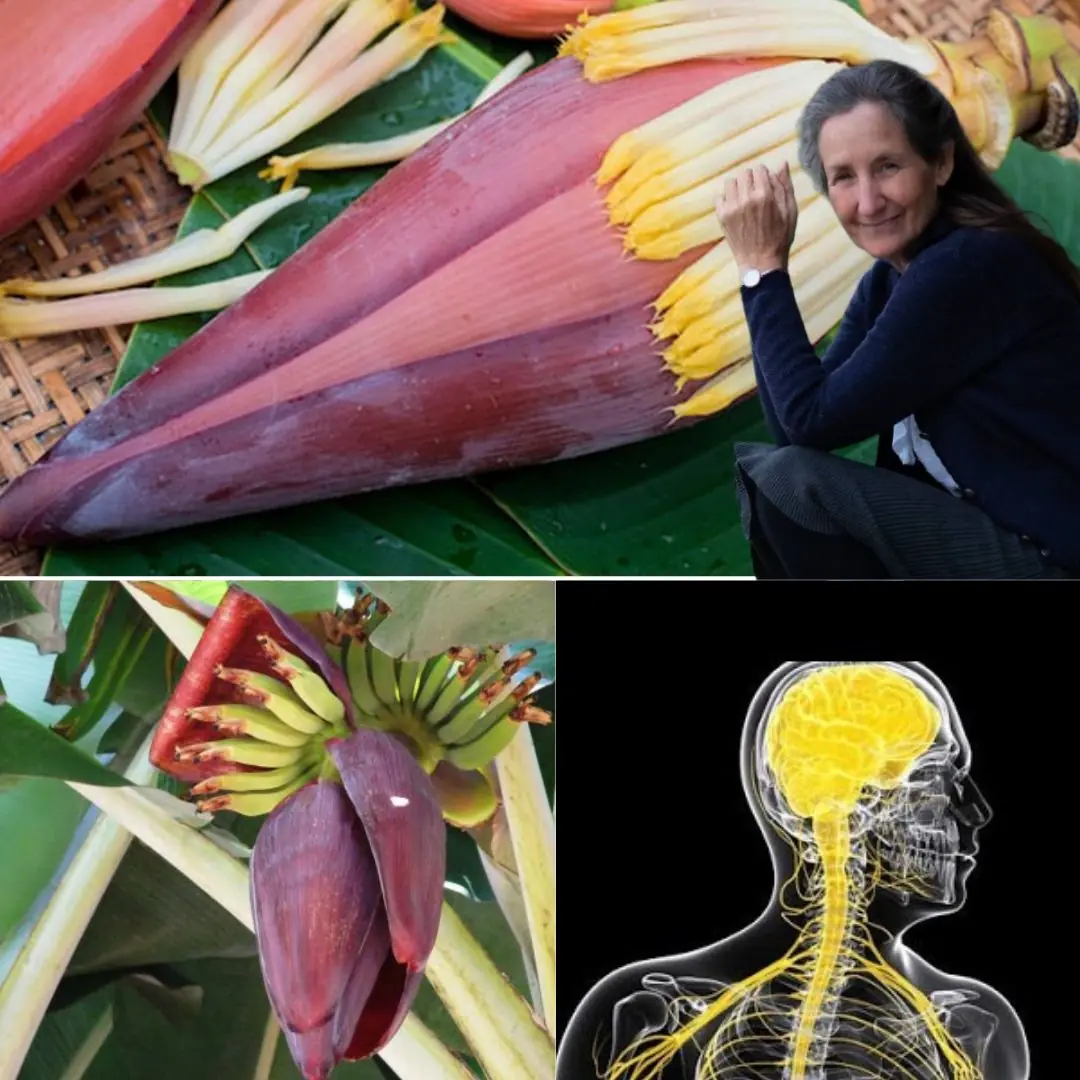
Banana Flower Superfood: Juice, Recipes & Powerful Health Benefits You Didn't Know About
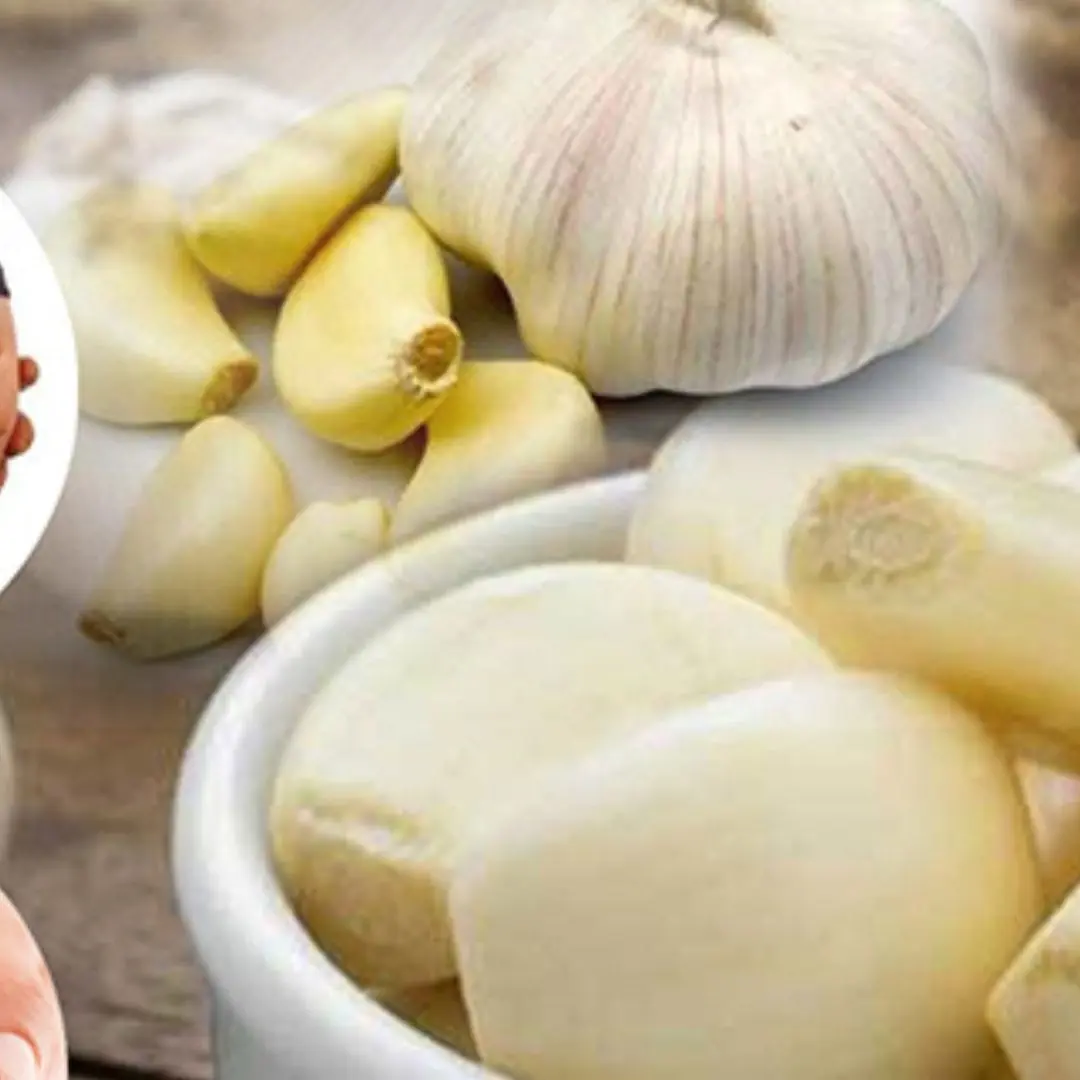
Eating garlic is very good, but for these 4 groups of people, don't touch it
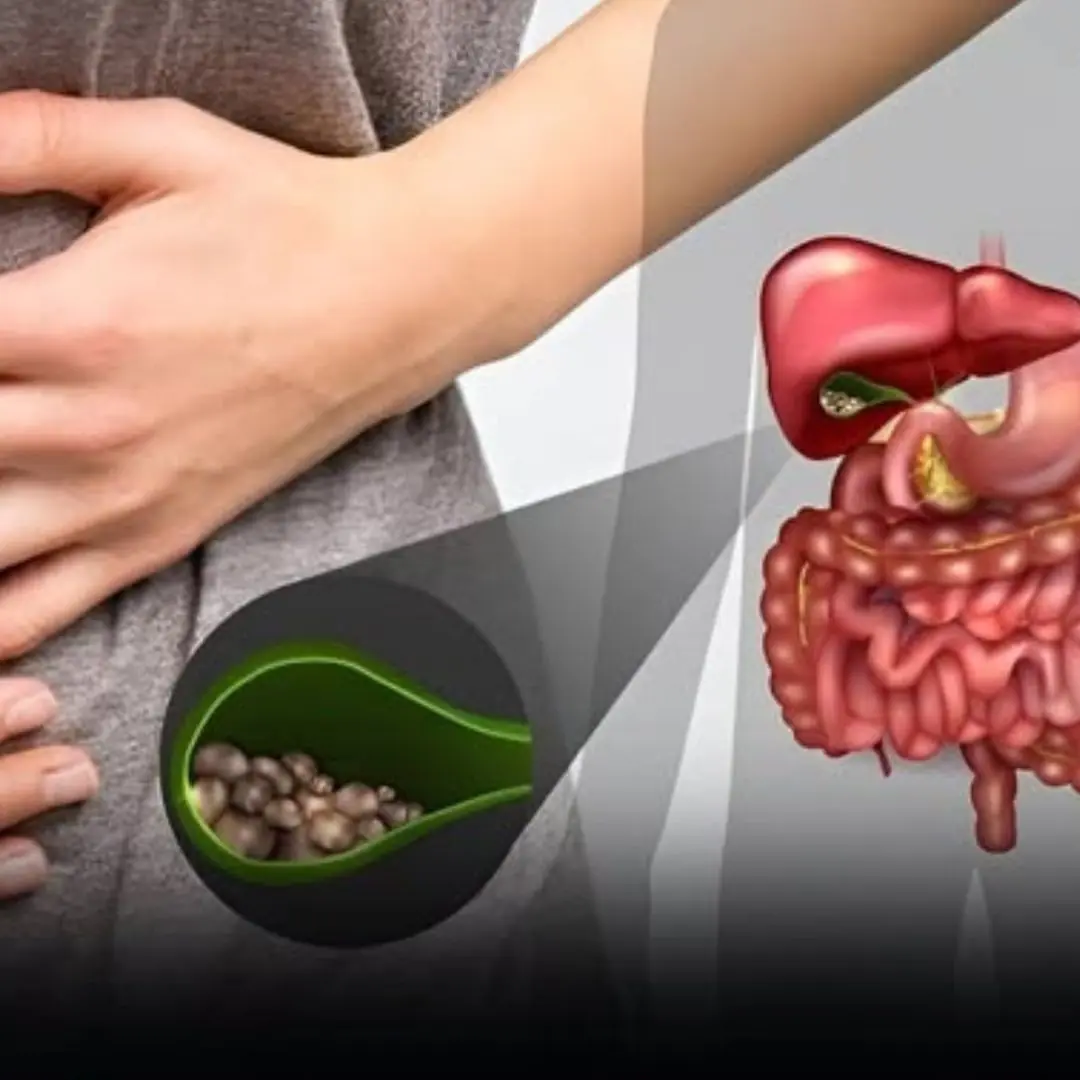
Gallstones are a common disease, affecting 8-10% of the population. Here are the symptoms and treatments

Important News for Everyone Who Loves a Daytime Nap

A 62-Year-Old Man Developed Col.on Can.cer Due to 3 “Har.mless” Daily Habits That Many People Have

Preventing Stroke At Any Age: 3 “Don’ts” After Meals—And 4 “Don’ts” Before Bed

Stop using these bottles and containers for food storage
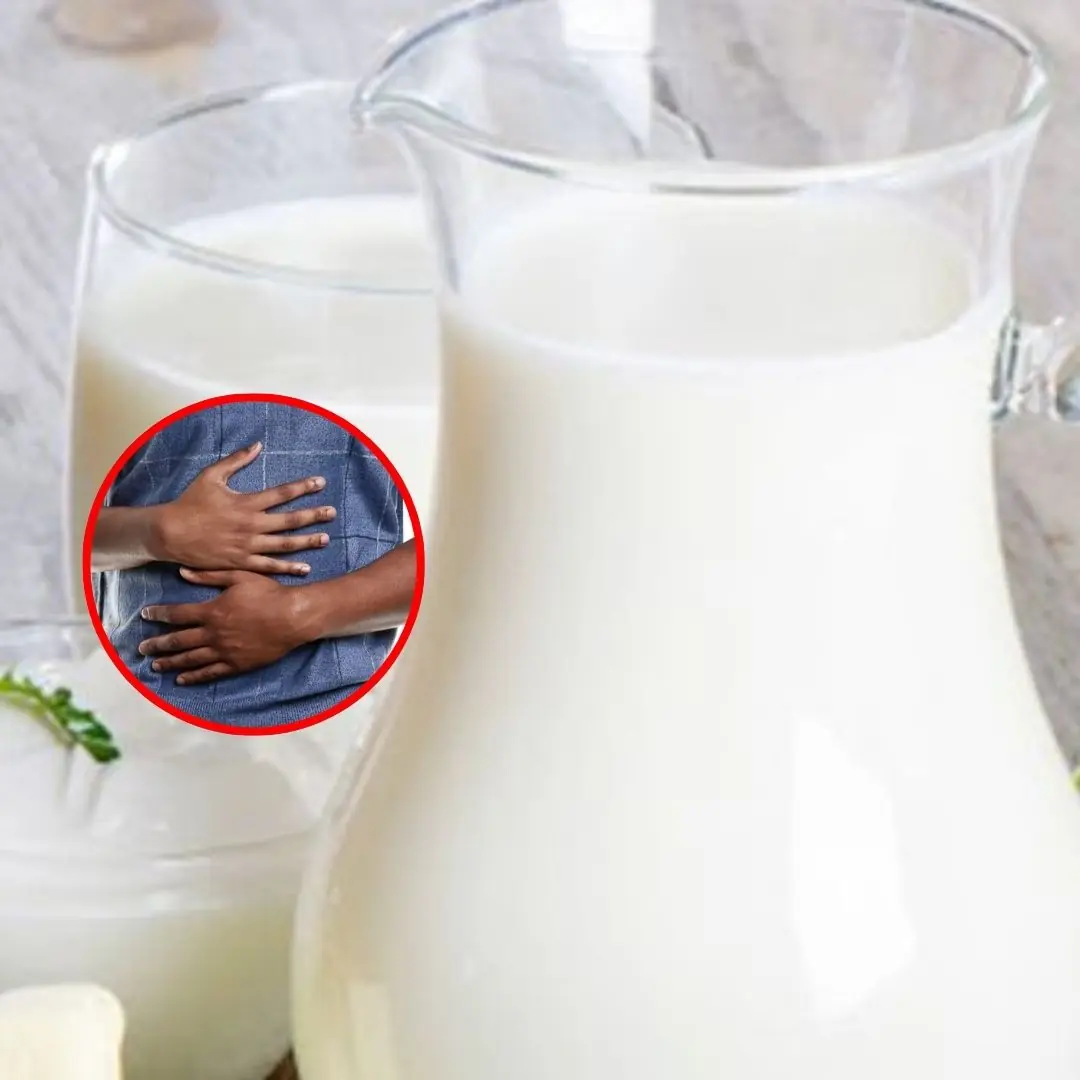
10 Foods You Should Never Eat on an Empty Stomach
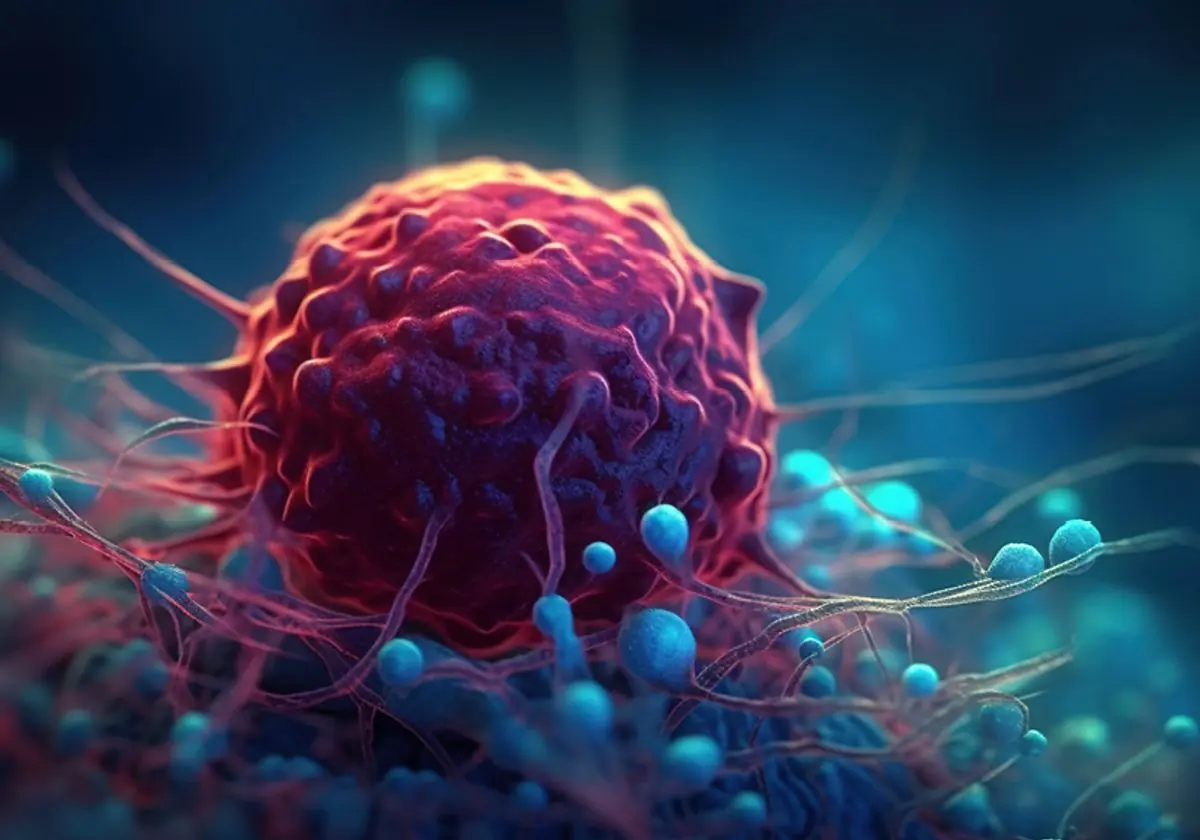
4 Types of Itching That May Signal Can.cer Cells Are “Eating Away” at the Body

25-Year-Old Groom Dies from Acute Liver Failure After Eating Chicken
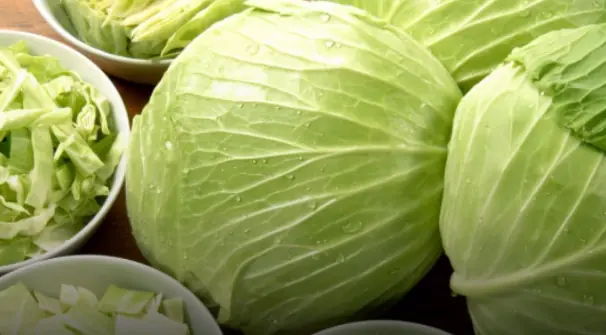
4 types of people who should avoid eating cabbage
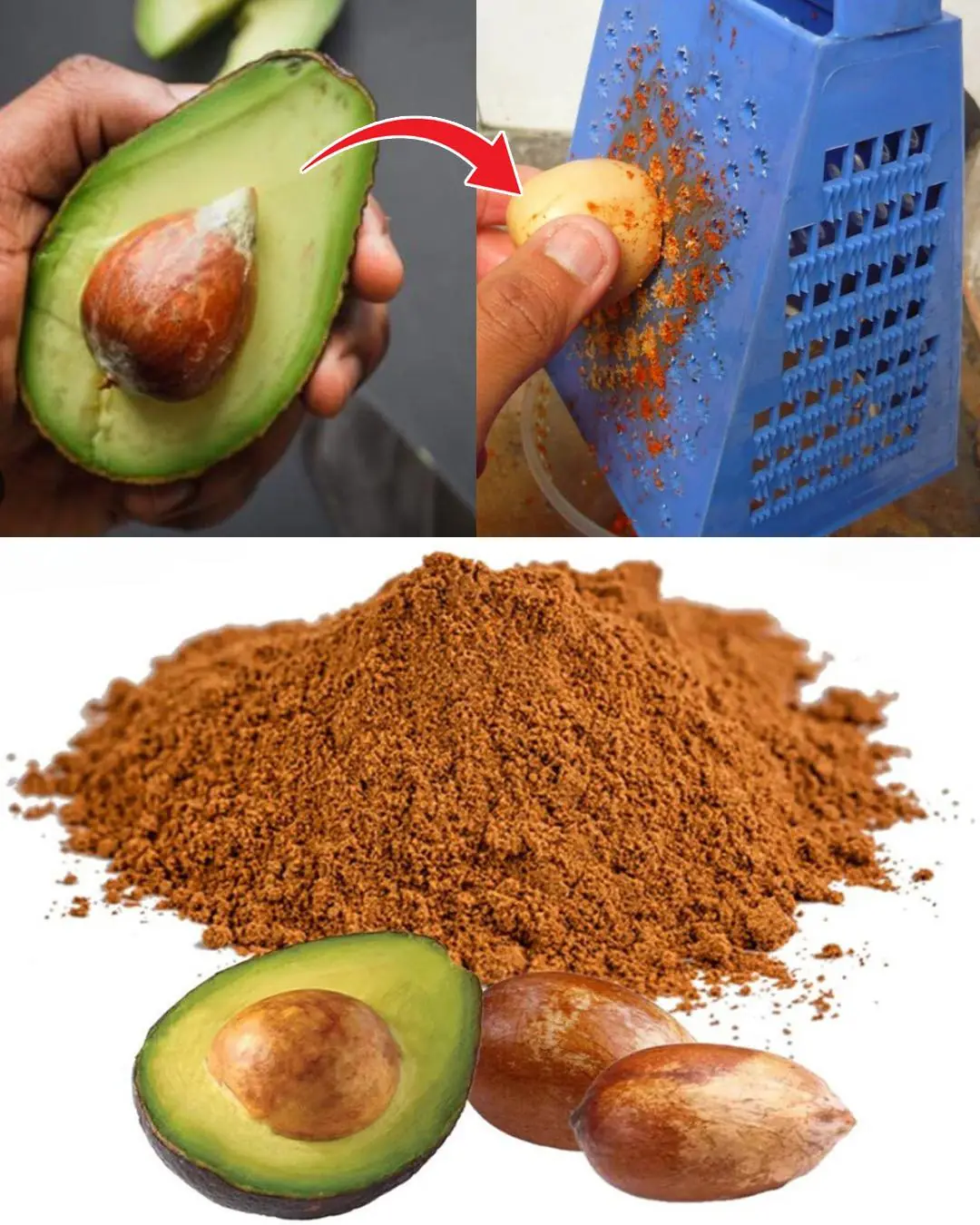
Don’t throw away avocado pits

Spotting this plant in your garden is like discovering hidden gold — whatever you do, don’t throw it away!

Recognizing mini-str.oke symptoms: A crucial step in str.oke prevention
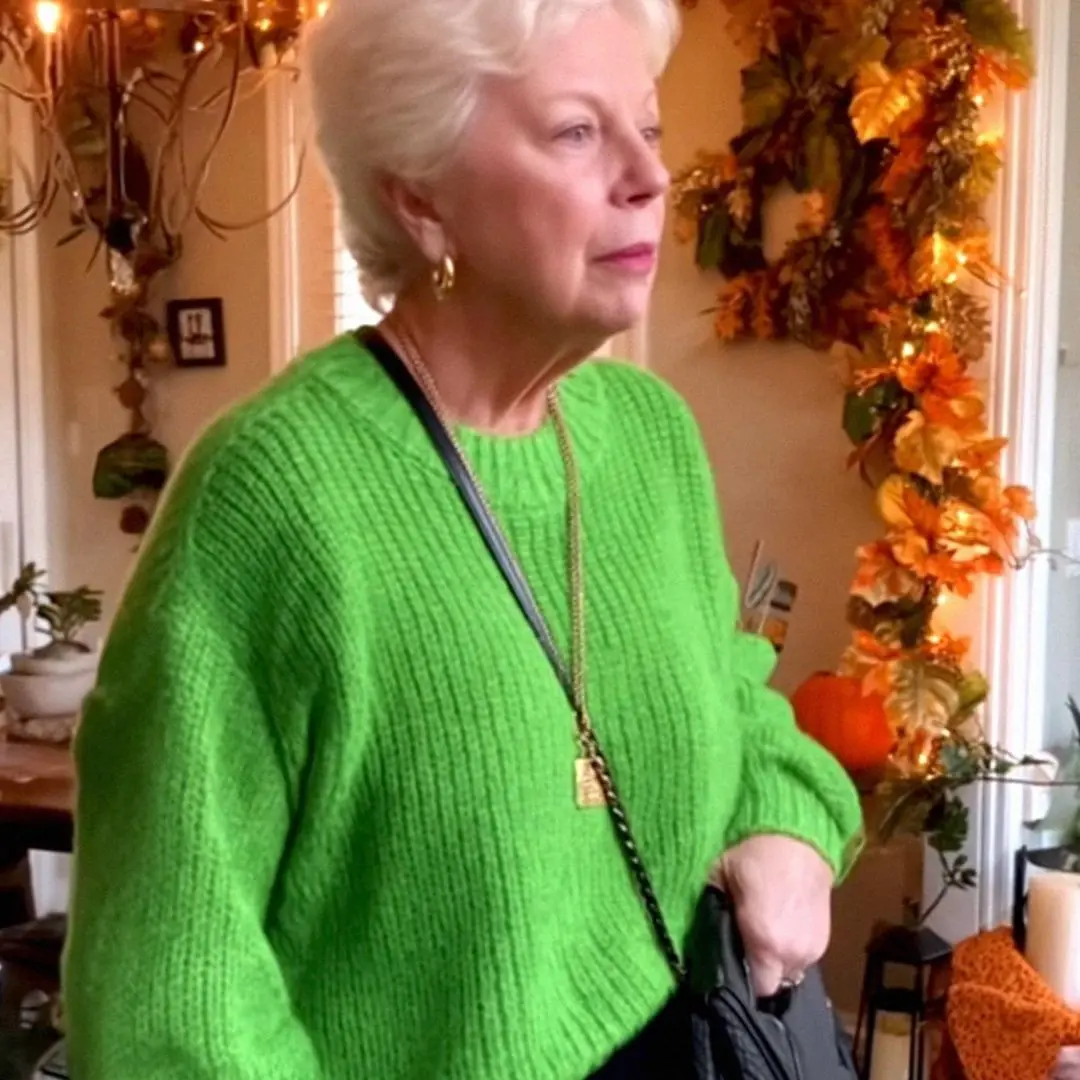
My MIL Clogged Our Only Toilet During Thanksgiving Dinner, Then Left Without Saying a Word – So on Christmas I Taught Her a Lesson
News Post

If you see this phenomenon in your feet, go see a doctor for diabetes.

Why You Might Feel a Light Electric Sho.ck When You Touch Someone

'You're Nothing but a Parasite': My Husband Demanded I Get a Job & Care for 3 Kids – Until I Turned the Tables on Him

I Paid for a Homeless Man's Groceries – The Next Day, He Greeted Me as a CEO at My Job Interview

My Birth Family Contacted Me After 31 Years with an Outrageous Request — Am I Wrong for How I Reacted?
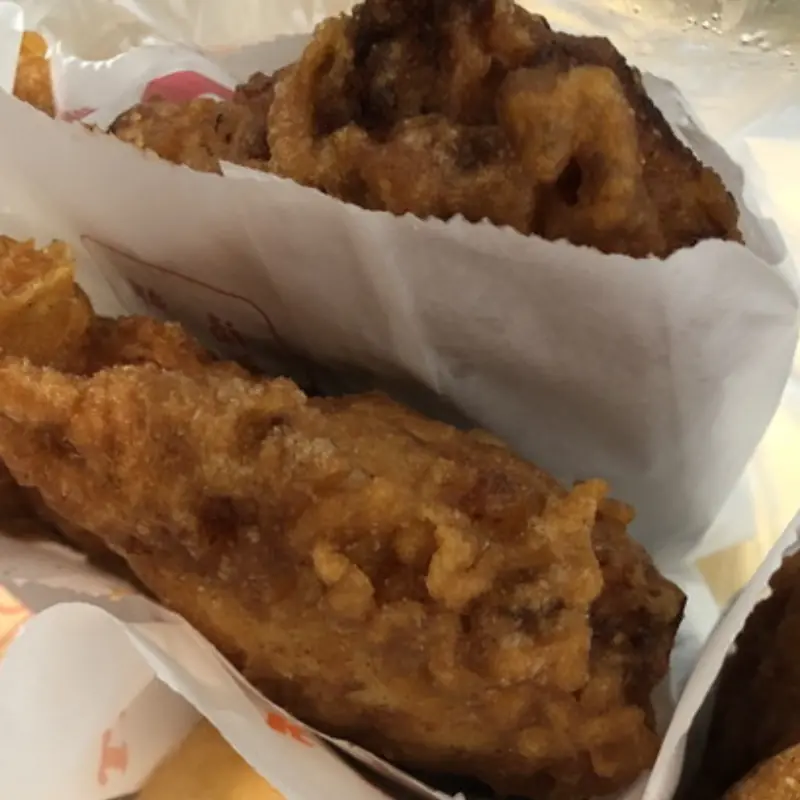
Doctor’s Warning: 3 Foods You Should Never Eat Within 3 Hours Before Bed

She Kept Crying About Pain in Her Bottom — What the Doctor Said Left Her Parents in Shock
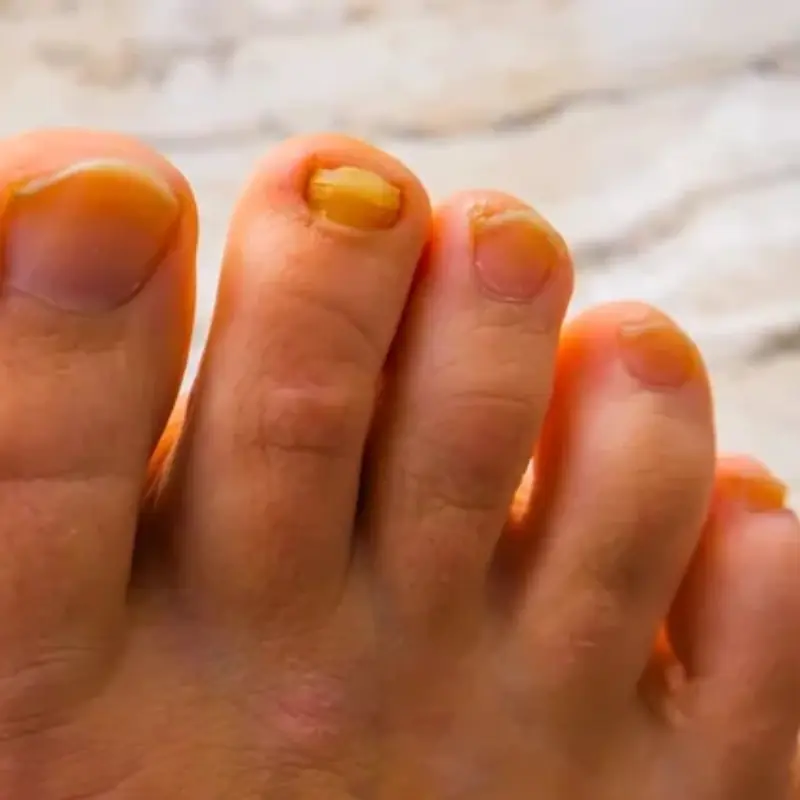
5 Changes in Your Feet That Signal Your Li.ver Is “Exhausted” It Might Have Been Can.cer for a Long Time

Juniper: 20 remarkable benefits and how to use it

My Sister Wore a Wedding Dress to My Wedding Because She Thought I'd Upstage Her – So I Taught Her a Lesson She'll Never Forget

4 Health Problems Your Feet Could Be Telling You Through Sock Marks

My Father Burst Into the Church and Shouted, 'The Wedding Is Canceled!' – I Went Pale When I Learned Why

Father of My Baby Mocked Me for Picking $3 Buns for Dinner at the Grocery Store — Next Moment, My Future Was Rewritten

A 52-Year-Old Woman Di.ed from a Stro.ke: Middle-Aged People, Stop Doing These 7 Things

If Your Parent Shows These 4 Signs, They May Be Nearing the End of Life. Prepare Yourself for What’s to Come

When the Toughest Table Listened: The Boy Who Needed Heroes

My Stepmom Destroyed My Late Mom’s Prom Dress – But She Never Expected My Father Would Teach Her a Lesson

The Silent Party: When My Twin Grandmas Turned 100 And Locked Us Out Of Their World
